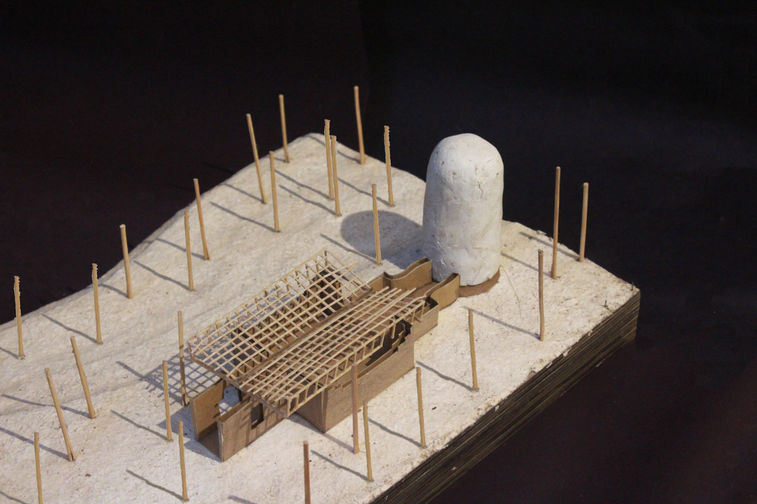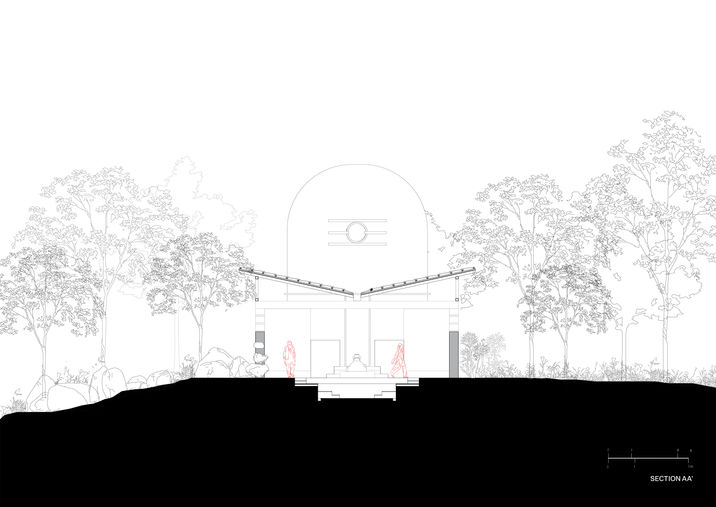



New Arrivals
location
area:
location
status:
location
location:
location


Bakul Van
Bakul Van is conceived as a small memorial and temple complex in Jintur, Marathwada, dedicated to a remarkable woman and her parents—respected spiritual healers of the region. Envisioned as both a place of remembrance and a living temple, the project sits across a contoured site marked by natural stone, pebbles, and large boulders. At the heart of the program is the Shiv temple, housing the memorial, with a dedicated space for Nandi and an attached semi-open Yagyakund. At the southern end, an accommodation block provides four rooms, a kitchen, an office/store, and a semi-open dining space. The campus further extends to a gaushala for 8–9 cows and a shrine for Lord Krishna, reinforcing its spiritual and agrarian ethos.

The design draws heavily from the thermal and tactile wisdom of earth-based construction. Cob and adobe walls, 16–18 inches thick, form the primary structure, their thermal mass ensuring interiors remain cooler than the harsh Marathwada climate outside. Both internal and external surfaces are finished in lime plaster, amplifying this effect while strengthening the walls. Roofs are built with a metal skeleton, partially reusing sections from a dismantled temple, and finished with Mangalore tiles. An earlier idea of a load-bearing accessible green roof—where cows could graze—was explored for its insulating potential but later set aside due to structural risks.
Hover to explore
The two blocks are connected through a Sacred Groves, “Devrai”. Planned wilderness with a serpentine pathway, where spaces to contemplate and relax. The site planning is anchored by a sacred tree, where the clients’ parents’ ashes are interred. Around it, seating spaces invite visitors to gather, reflect, and make offerings. A carefully designed pedestrian route weaves through the campus, linking the temple, ancillary blocks, and the public toilets provided for men and women. At the base of the contour, a large open pond of 2,00,000 litres harvests stormwater channelled from the higher slopes, becoming both a water storage system and a landscape feature. Through its spaces and materials, Bakul Van becomes a layered landscape of memory and devotion—where temple, memorial, and everyday life of cows, people, and pilgrims co-exist amidst stones, trees, and water.


Add paragraph text. Click “Edit Text” to update the font, size and more. To change and reuse text themes, go to Site Styles.































